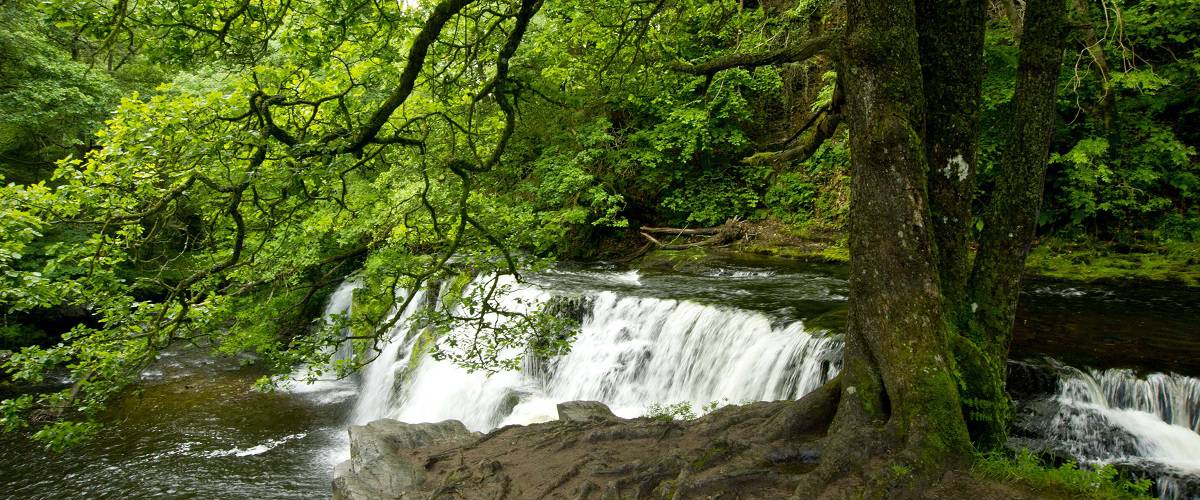Our recent post about the man lost in the woods of Colorado got me thinking. While we pointed out a few mistakes he had made, there were a few good practices that, had he known, could have saved him, specifically when it comes to land navigation. Frequently did he think he was going the right way, only to discover he went far in the worst direction. So I wanted to expand on some good land navigational tactics preppers can remember when traveling in nature. These vary from landmarks to follow and remember, to healthy travel habits to keep from getting lost.
Hand Rails
This term describes any long stretch of land that you can reliably identify. Such as a river, path, road, etc. The idea is that as long as you follow it, you’ll know which way you’re going. An example would be: you’re at camp, and you can see a river, and a large, fallen tree. Should you get lost later on and you find that river, you now know that you can follow that river until you find the fallen tree, and use that to find your way to camp. The next time you’re camping, be mindful of potential hand rails you can follow.
Aiming Off
This is the act of using a specific feature to direct yourself. You aim your path off of the object. In the scenario described above, the fallen tree was the aiming-off landmark.
Backstopping
Another common problem with navigation is going too far. How do you know you’ve passed something? When driving, it’s like when someone says “if you hit the home depot, you’ve gone too far.” When surveying your environment, make note of large landmarks that you can easily identify, such as rivers or cliffs, and use those to reference if you’ve gone too far.
Examples in Action
These are only a few of the many ways you can better navigate the natural world. If you want to see them, and more, in action, check out this video below. Stay safe, preppers!

